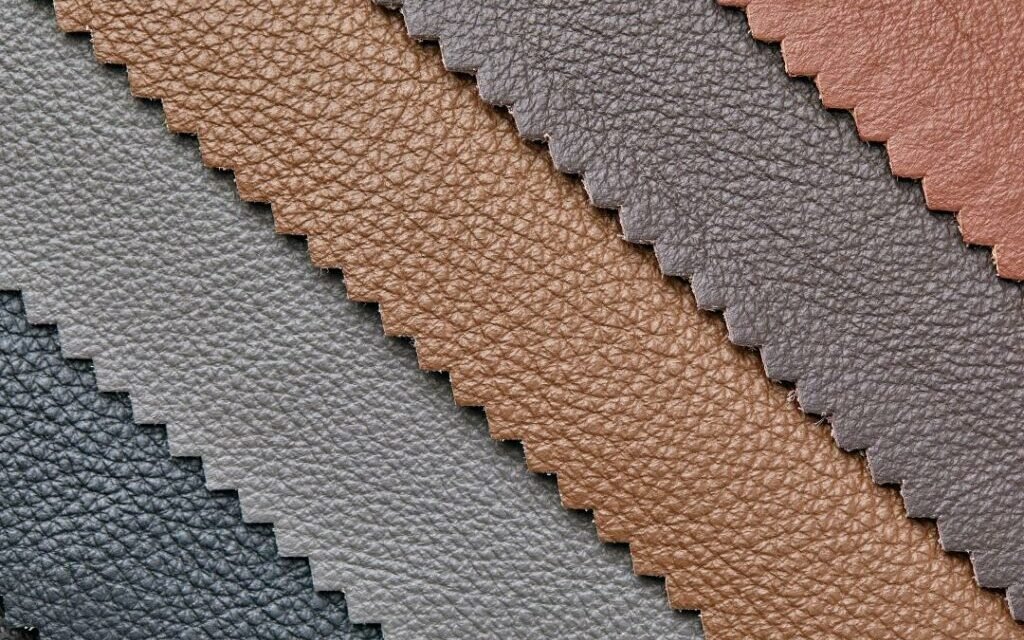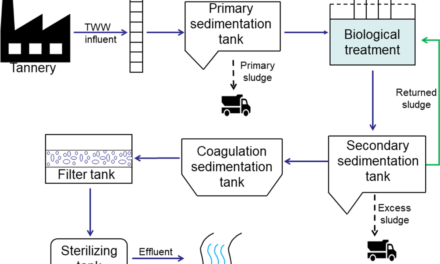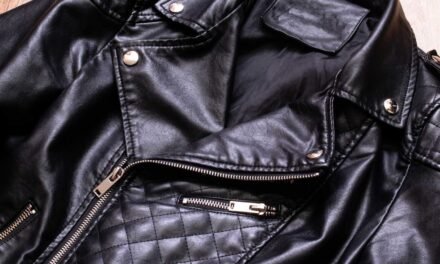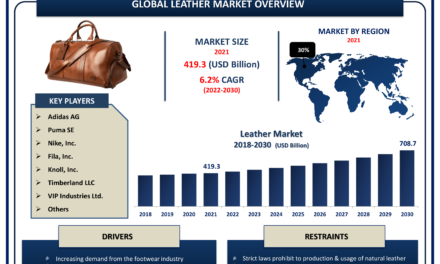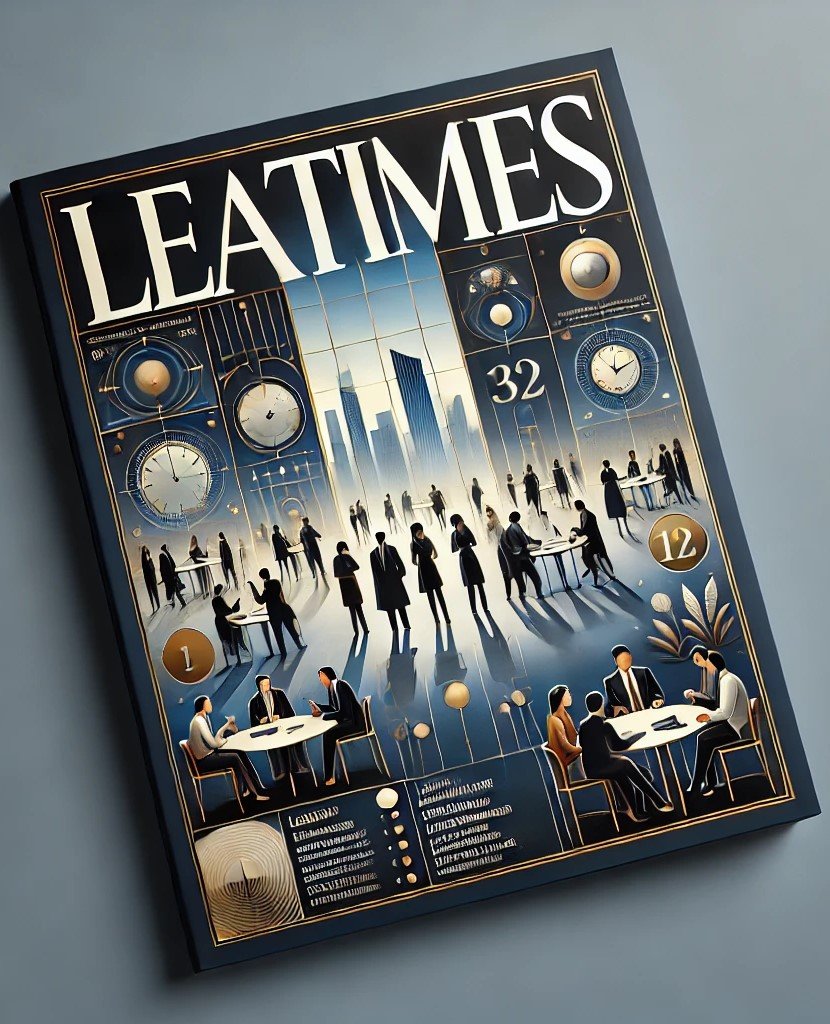PU (polyurethane) leather and PVC (polyvinyl chloride) leather are both synthetic alternatives to natural leather, but they differ significantly in their composition, properties, manufacturing processes, and applications. Here’s a detailed comparison:
1. Composition
- PU Leather:
- Made by coating a fabric base (e.g., polyester or cotton) with a polyurethane layer.
- Lighter and more flexible due to the absence of plasticizers.
- Often uses a microporous structure, making it more breathable.
- PVC Leather:
- Made by coating a fabric base with polyvinyl chloride (PVC) and adding plasticizers to make it flexible.
- Contains a thicker plastic layer, resulting in less flexibility and breathability.
2. Breathability
- PU Leather:
- More breathable due to its porous structure.
- Allows some air and moisture to pass through, making it suitable for clothing and footwear.
- PVC Leather:
- Non-breathable due to its dense plastic composition.
- Can trap heat and moisture, leading to discomfort in certain applications.
3. Flexibility and Softness
- PU Leather:
- Softer and more flexible, mimicking the feel of natural leather more closely.
- Less prone to cracking under frequent bending or folding.
- PVC Leather:
- Stiffer and less flexible, especially in colder temperatures.
- More prone to cracking and creasing over time with regular use.
4. Durability
- PU Leather:
- Less durable than PVC leather.
- Prone to peeling and wearing down faster under heavy use.
- Generally not as resistant to water and chemicals.
- PVC Leather:
- More durable and resistant to wear, water, and chemicals.
- Ideal for applications requiring high durability, such as upholstery and outdoor furniture.
5. Appearance
- PU Leather:
- More natural-looking, with a texture and grain closer to genuine leather.
- Often preferred for fashion items like shoes, bags, and clothing.
- PVC Leather:
- Has a shinier, more plastic-like finish.
- Can appear less realistic compared to PU leather.
6. Environmental Impact
- PU Leather:
- Considered more eco-friendly than PVC, as it does not require as many harmful chemicals.
- Some bio-based PU leathers are made from renewable resources like corn or castor oil, further reducing environmental impact.
- PVC Leather:
- Less environmentally friendly due to the production of toxic byproducts like dioxins and the use of harmful plasticizers.
- PVC is not biodegradable and contributes to long-term environmental pollution.
7. Applications
- PU Leather:
- Commonly used in fashion (shoes, jackets, bags), upholstery, and automotive interiors.
- Ideal for applications requiring softness, flexibility, and breathability.
- PVC Leather:
- Frequently used in upholstery (sofas, chairs), automotive interiors, outdoor furniture, and industrial settings.
- Preferred for applications demanding water and chemical resistance.
8. Maintenance
- PU Leather:
- Easier to clean and maintain with mild detergents.
- Requires gentle care to prevent peeling or cracking.
- PVC Leather:
- Highly resistant to stains and easier to clean due to its non-porous surface.
- Requires minimal maintenance but may become brittle over time.
9. Cost
- PU Leather:
- Slightly more expensive than PVC leather due to its closer resemblance to natural leather.
- Considered a mid-tier alternative to genuine leather.
- PVC Leather:
- More affordable due to its simpler manufacturing process and durable properties.
- Often used in budget-friendly products.
Comparison Table
| Feature | PU Leather | PVC Leather |
| Material | Polyurethane-coated fabric | Pvc coated fabric with plasticizers |
| Breathability | More breathable | Non-breathable |
| Flexibility | Softer, more flexible | Stiffer, less flexible |
| Durability | Less durable, prone to peeling | More durable, water and chemical-resistant |
| Appearance | Closer to natural leather | Shinier, more plastic-like |
| Environmental Impact | Less harmful, biodegradable options available | Harmful byproducts, non-biodegradable |
| Applications | Fashion, furniture, automotive | Upholstery, industrial, outdoor furniture |
| Cost | Moderate | Affordable |
Conclusion
- Choose PU Leather: If you want a more natural-looking, soft, and breathable material for fashion items or light-use applications.
- Choose PVC Leather: If you need a durable, water-resistant, and cost-effective option for heavy-duty or outdoor applications.
Both materials serve different purposes, and the choice depends on the intended use and priorities like appearance, durability, and environmental impact.
Hashtags
#PUvsPVCLeather #PolyurethaneLeather #PVCLeatherFacts #SyntheticLeatherDifferences #FauxLeatherMaterials #PULeatherProperties #PVCLeatherInfo #ArtificialLeatherComparison #SustainableLeatherAlternatives #PUvsPVCExplained

